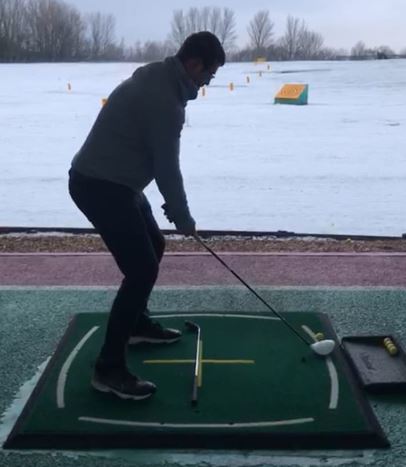Hitting the Ground Behind the Ball with Your Driver: Why & How to Fix It
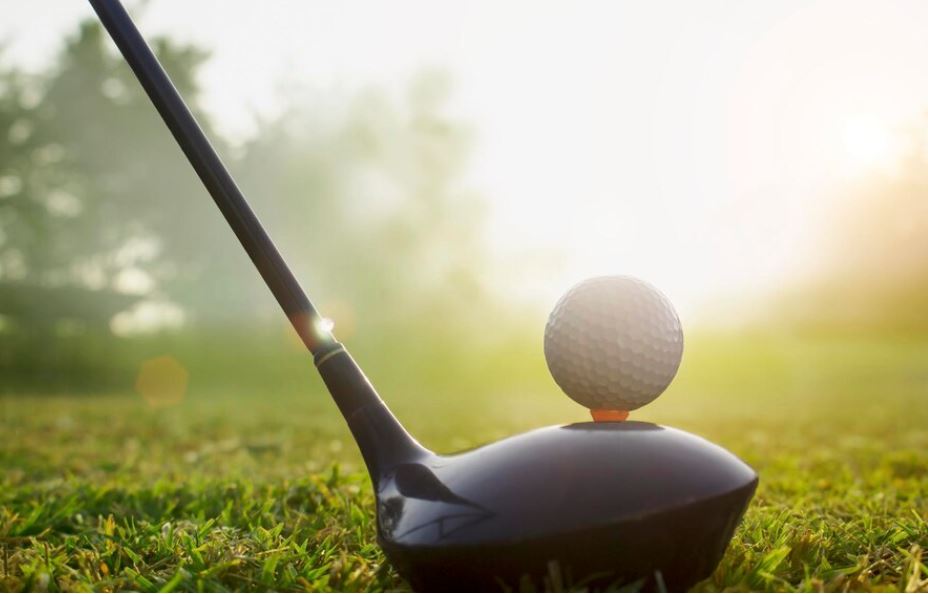
Video: (for a more advanced golfer who knows more technical golf terms) https://www.youtube.com/watch?v=LyNhFss5Mp0
I’ll ask you to close your eyes and imagine for one moment..
You have just made a birdie on the last hole! Being the first to tee off, you grab your driver and place the ball on the tee in between 2 white markers.
You look out and see a wide-open fairway. You feel a surge of adrenaline and confidence. A waggle, and then you swing hard- BAM! Right into the ground behind the ball.
The ball stops rolling about 50 yards off of the tee box. You pick up your tee and pat the dirt and grass back on the tee box in embarrassment.
Has this happened to you before? If I had to rank confidence-killing shots, the drop kick with the driver would be up there near the top of the list. Why does this happen, and how can we make it stop?
Consider this the ultimate resource to find out why this happens. If you want to DIY here, we will go over a list of the main reasons that hitting the ground before the ball with your driver can occur.
I’m all for going to your PGA or LPGA Teaching Professional, but you still want to understand the potential causes of this problem.
(By the way… this article is written for the right-handed golfer. Lefties- if you can switch up L and R, and then it will make sense!)
Is the ball where it is supposed to be?
The first potential reason might be: the ball placement too far back in your stance at address.
If you draw a straight line towards the ball from the inside of your left foot, the ball (on the tee), should be on this line, or slightly ahead of it.
If the ball is in front of this line, that means that the ball is “too far back” in your stance.
This can assist you in hitting “down” on the ball; which is something you want to do with your pitching wedge… not your driver.
I find this article and the picture/ video that accompanies it to be quite helpful in visualizing what this looks like (https://www.golfdigest.com/story/how-to-tee-up-a-driver-golf).
It says that “Ball position is another key checkpoint to creating that ascending blow, and I always look at the center of the lead shoulder being in alignment with the golf ball—never in front — as a really important position.
That will allow me enough room to extend my arms and create the most speed into the ball.” Having met Luke Kerr-Dineen when he was a collegiate golfer at USCB, I can vouch for his expertise!
Do I want to hit ‘down’ or swing ‘up’?
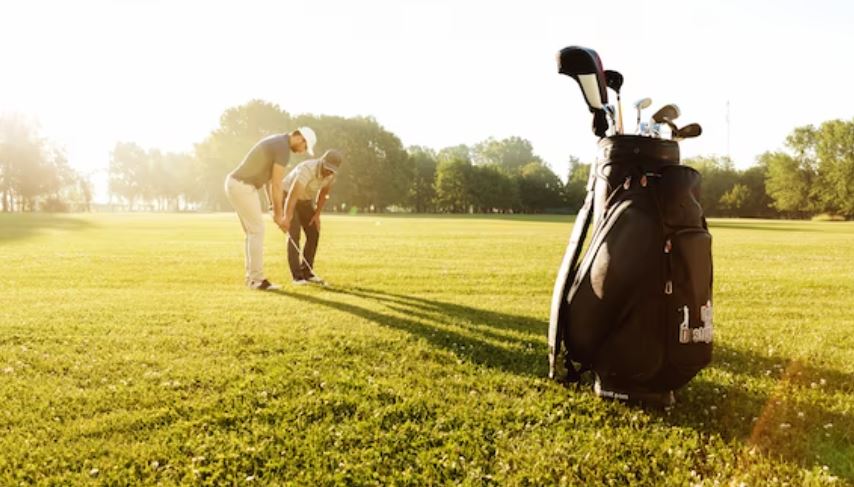
Another article that illustrates the ball striking mechanics of the driver (https://golf.com/instruction/driving/hit-up-driver-tip-alex-elliott/) can help you understand that even though we want to hit slightly “up” on the driver, and our set-up at address is key to keeping that longer club swinging around our body (and not into the ground!).
Your weight where it should be
Another potential reason that you might be hitting the ground first with your driver: incorrect weight placement.
First, let’s talk about weight distribution on your foot from toe to heel.
You want to feel the ‘weight’ in the middle of your foot: not in your heel or on your toe, and certainly not spilling to the outside or inside of the foot.
Secondly, in between your two feet, you don’t want your weight set up at address to be heavily on one foot more than another.
What happens during your swing with your weight transfer?
I agree with fabulous instructor Andrew Rice, who says “ There should be no lateral body move in the backswing…
The body stays centered while the weight is transferred by the motion in the arms and the club.” (https://www.andrewricegolf.com/andrew-rice-golf/2011/02/the-official-weight-transfer-and-positioning-post).
A reverse weight transfer (where the weight is mostly on your left foot at the top of your backswing, and then finishes on the right foot as you make impact), is a guaranteed hit behind the ball.
Finishing your swing with a majority of your weight on your left foot (without falling over), is a good way to determine if your weight transfer is correct.
How close is too close?
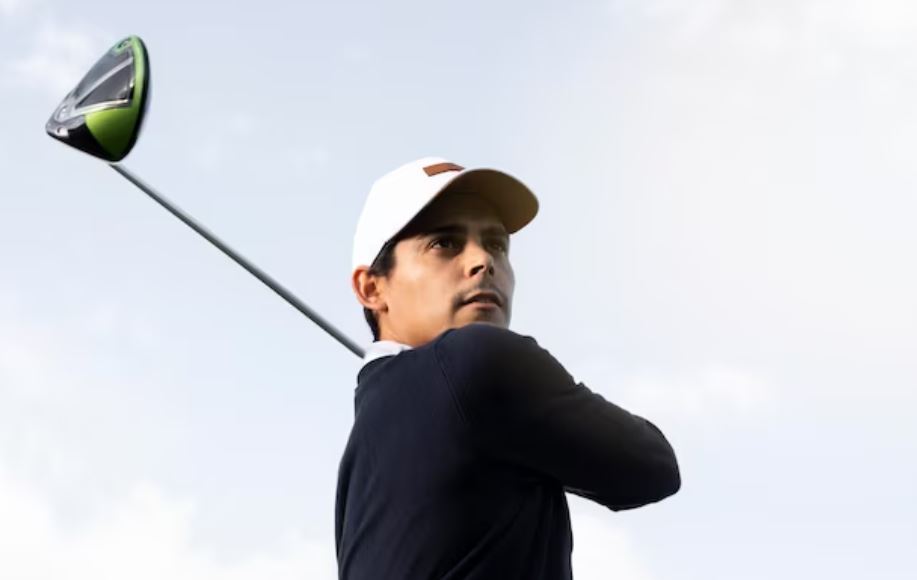
At address, along with ball position and weight distribution comes distance away from the ball.
You want to let your arms hang straight down from your shoulders. Reaching for the ball, or the opposite of being too close to the ball can cause swing mechanic issues once your swing begins.
Having the driver fit you and your unique swing is an important piece of this (that I will touch on in a few paragraphs!).
How about your actual golf swing? There is a potential that you have a swing mechanical error that is causing you to hit the ground before the ball with your driver.
As there are as many golf swings as golfers, I would feel more comfortable in encouraging you to take a lesson from a trusted Professional if this is the case.
Not the time for the electric slide…
In keeping with the generalities that can potentially cause hitting the ground behind the ball with your driver; understanding the backswing “turn” is key.
Many mistakes are made by ‘sliding’ the hips during the backswing. This ‘sway’ causes issues with consistent contact.
Don’t just take it from me, “ GOLFTEC found in their study that higher handicaps slide their hips away from the target about 1.5 inches more than lower handicaps.
It’s why, by the time they get to impact, their hips are about half-an-inch further away from the target than where they started.” (https://golf.com/instruction/golf-chunk-iron-shots-cause-data/).
Having a backswing turn that stays centered with your weight loaded in the correct spot, gives you a much better chance to make consistent contact with your driver.
As this is an issue for most beginning to intermediate level golfers: here is more info on the sway!
The definition that TPI (Titleist Performance Institute) designates: “A Sway is defined as any excessive lower body lateral movement away from the target during your backswing that forces your weight to the outside of your trail side foot.
This swing characteristic makes it very difficult to develop a proper weight shift during transition and the downswing.” (https://www.mytpi.com/improve-my-game/swing-characteristics/sway_v2)
There are different steps to take to determine if a ‘sway’ is hindering your swing.
Having a friend take a face-on video and draw a line against each hip. By the top of your backswing, are your hips still within those lines?
Nice and Smooth
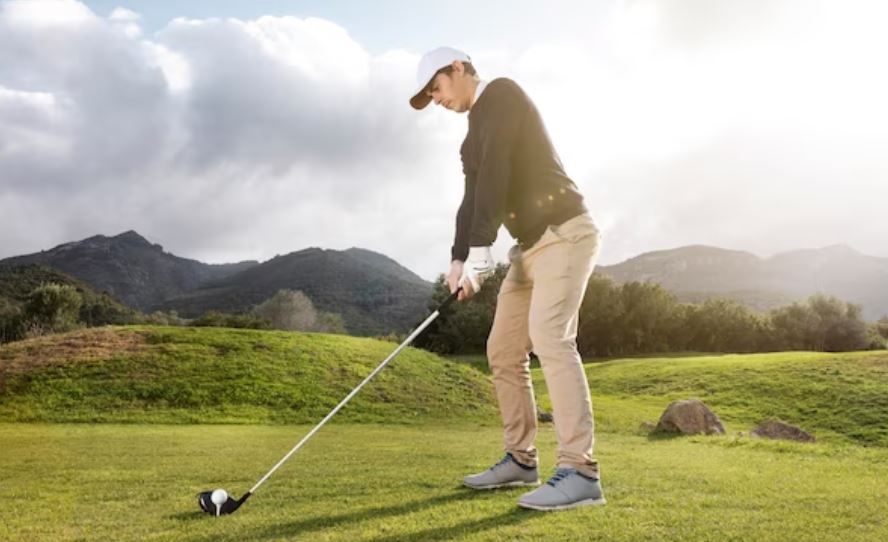
Among the many golfers that I have had on the lesson tee, some swing errors can be fixed by focus on rhythm and tempo.
Trying to crush the driver without solid mechanics can lead to incredibly inconsistent ball striking and drastic misses.
Can you swing at 75% power instead of 110%? Are you able to stay in balance during your entire swing and through the ball landing in the fairway?
I find that these two drills can help those who are inconsistent ball strikers.
Past the Ball Key
One key to golf swing mechanics that is deeply misunderstood (and can assist you if you are struggling with impact), is having a proper release.
David Leadbetter explains that “Steering a shot not only prevents the club from doing what it’s designed to do, it slows it down way too soon—there’s no power” (https://www.golfdigest.com/story/how-to-feel-a-proper-release).
If you feel that your set-up is good, your tempo is a strength, and you can’t figure out why you seem to “hit at” the ball rather than “through the ball”, the drill in the linked article is for you.
Hitting “at” the ball is a sure-fire way to hit the ground before the ball with your driver. Being able to release the club properly past impact will have you making more consistent contact.
Having the right fit
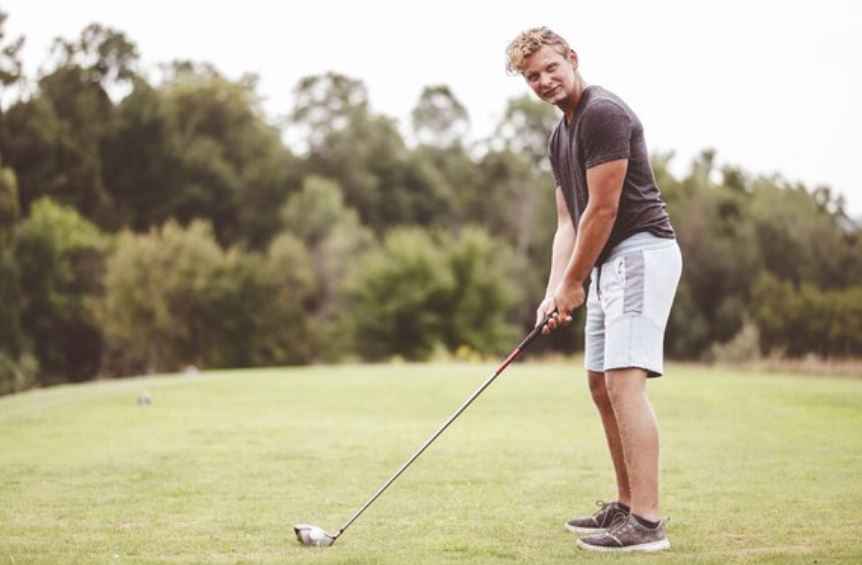
OK, so we have gone through set-up and swing reasons that might cause the dreaded “hit the big ball before the little ball” shot; now let’s discuss your driver.
Have you been fit for your set of golf clubs? If you have, you can skip to the end of this article. If not; this is important!
Here are the different elements of a driver that need to be a fit for you and your game: The loft of the club, the weight of the clubhead, the length and flex of the shaft.
I would strongly encourage you to get professionally fit for your driver, but I think it’s key to understand what you are looking for!
Club fitting is an article all on its own.. So trying to sum it up in a few paragraphs is a challenge, but I’ll do my best! Here is a helpful article in “Driver Fitting Mistakes to Avoid” (https://www.golfmonthly.com/gear/7-driver-fitting-mistakes-to-avoid).
If you are able to have a driver fitting with a professional, remember to not swing out of your shoes to impress them, or to be trying something new during that session.
The best chance to get the best fit is to swing the way you usually do.
If you have a high swing speed, the last thing you would need is a regular shaft!
For more information, this article has a corresponding chart that is helpful: https://golf.com/instruction/shaft-flex-you-should-play-based-on-swing-speed/.
If you have trouble getting the ball into the air- you would need at least a 10.5 degree loft on your driver.
Making sure you understand the basics of club fitting is important when shelling out the dough to purchase your newest weapon:)
Conclusion
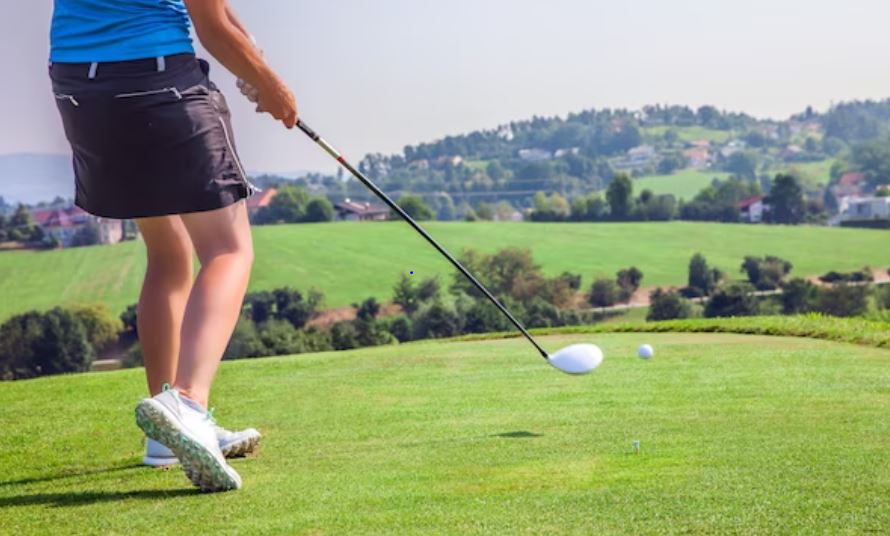
I hope that this article gives you a place to begin when searching for answers of why you are hitting the ground before the ball with your driver.
Carefully considering each option should give you a good idea as to how to create a more consistent contact pattern with your driver.
For those of you who are more advanced, I felt like this video was a great find (https://www.youtube.com/watch?v=LyNhFss5Mp0).
The terminology in it is for those with a high “Golf IQ”, but it does a wonderful, visual job in covering the basics.
Having experienced this issue myself, the worst part was not knowing what was causing it! Start small and experiment.. And keep your head up!
3 Irons We Recommend For Lower Ball Flight
1. TaylorMade 2021 P7MC Irons
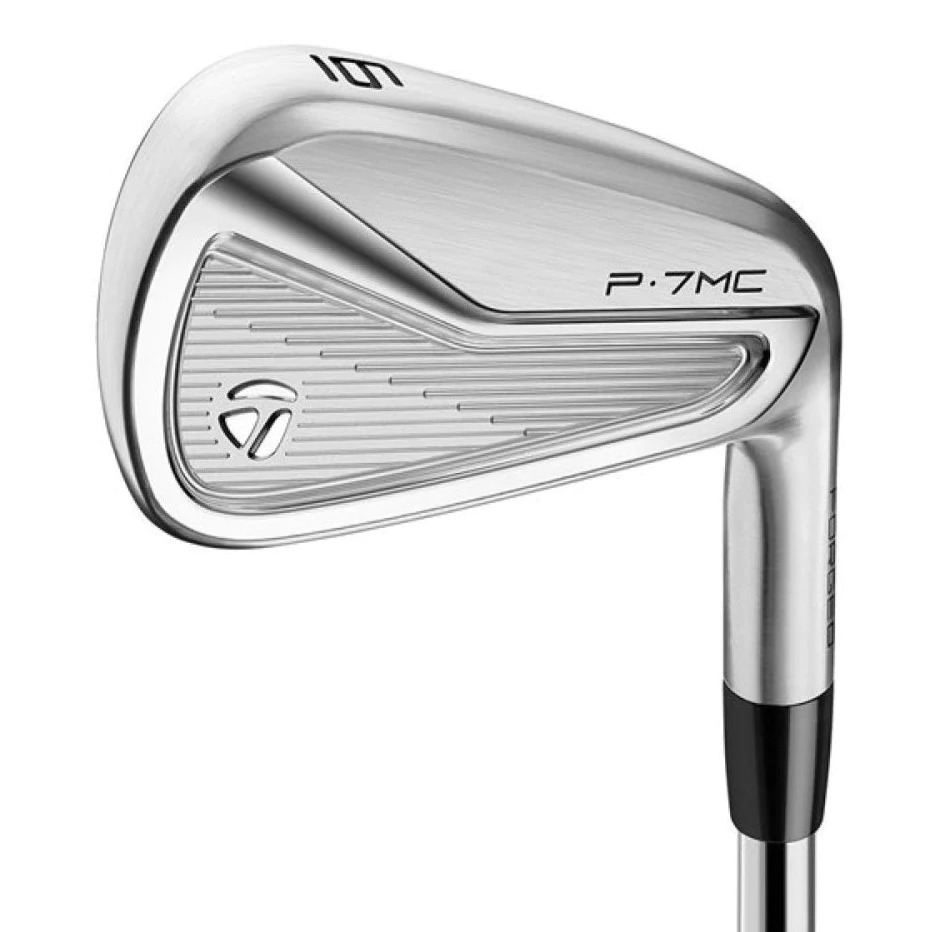
These are gorgeous clubs in every sense. They look brilliant, feel brilliant and, what’s best of all, they are forgiving. The weighting on these clubs ensure a lower trajectory which is ideal!
Out of 100
95/100
Check Out More Reviews Here:
2. Titleist 2020 T100s Irons
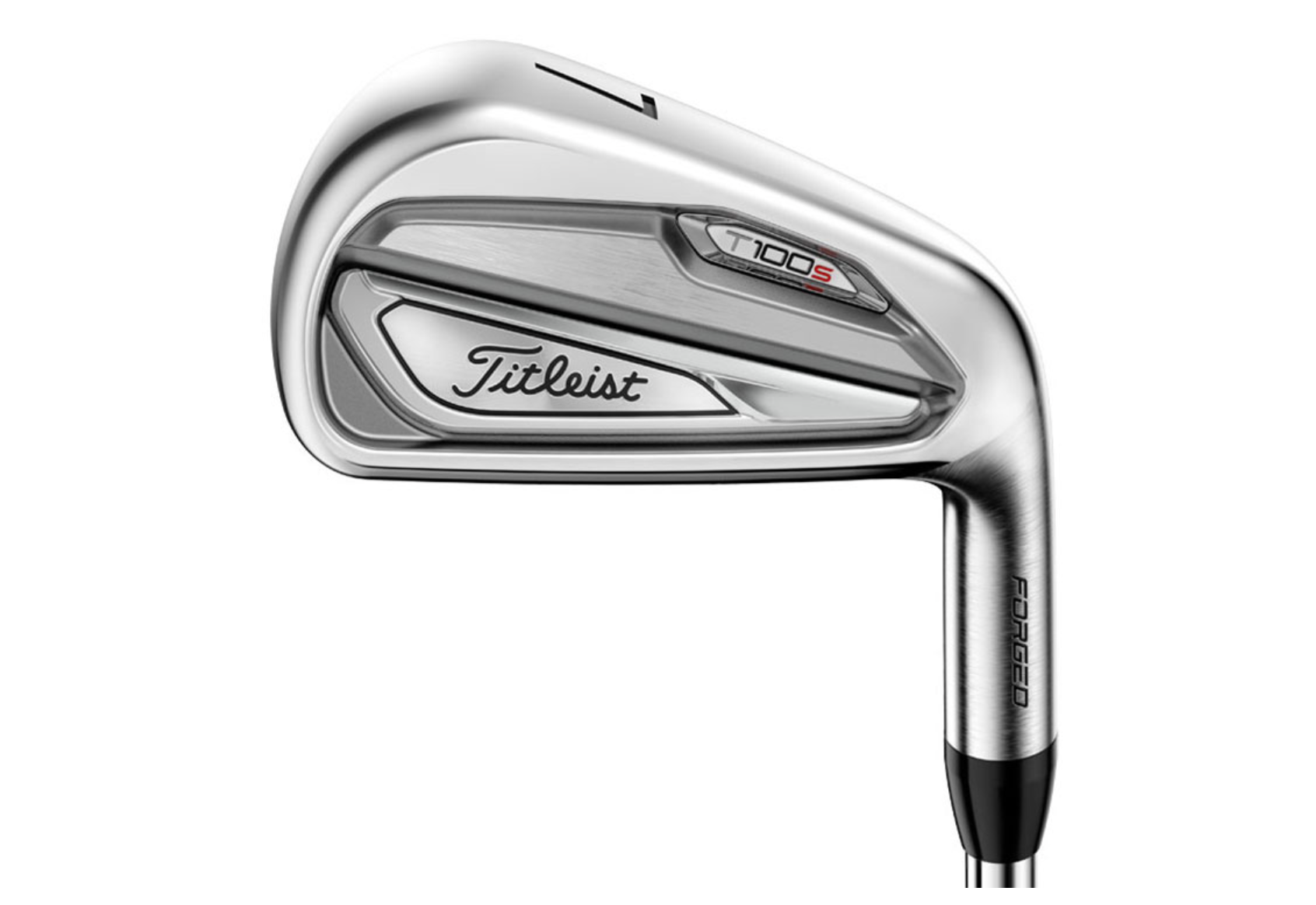
The “s” in the model name of these irons stands for strong. That’s because the standard loft of these clubs is stronger to help you achieve a lower flight. They are as good as it gets, I just love these irons!
Out of 100
99/100
Check Out More Reviews Here:
3. Mizuno JPX 921 Hot Metal Irons
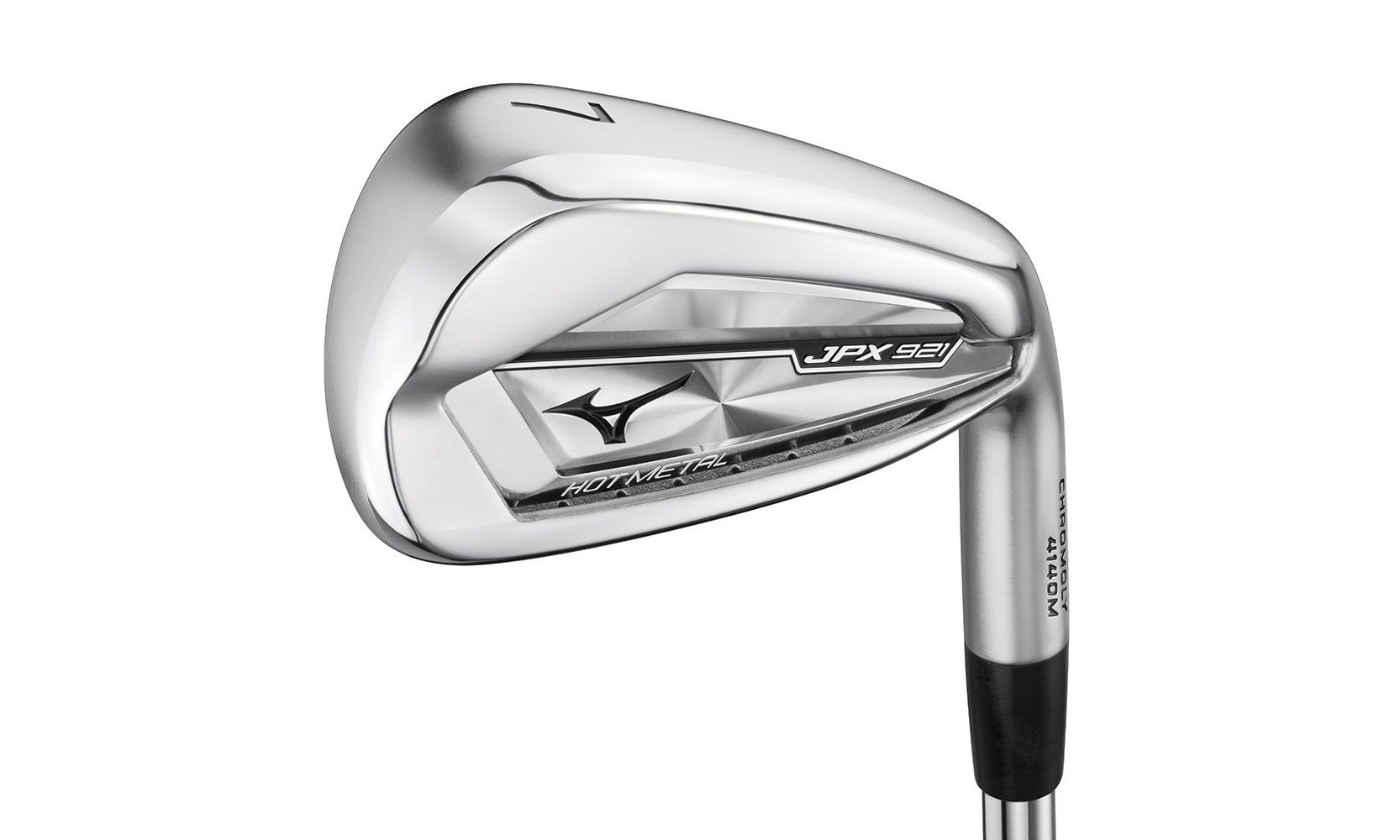
Mizuno are masters at making irons that perform. In fact, before Brooks Koepka signed a contract with Srixon, ie when he could use whatever irons he wanted, these were the irons he used. They are glorious and will really help you hit low heat seeking missile shots.
Out of 100
96/100
Check Out More Reviews Here:
Conclusion
There is no shame in hitting your irons too high.
Actually, this is an issue that is usually quite easy to fix so you shouldn’t hesitate in booking to see a local pro to find the root cause. Whether it is a swing flaw or equipment that’s less than optimal, you can get it sorted.
You’ll be delighted when you can hit the course on windy days without fear of your game completely falling apart. Better yet, you could end up making windy days a chance to shine!


